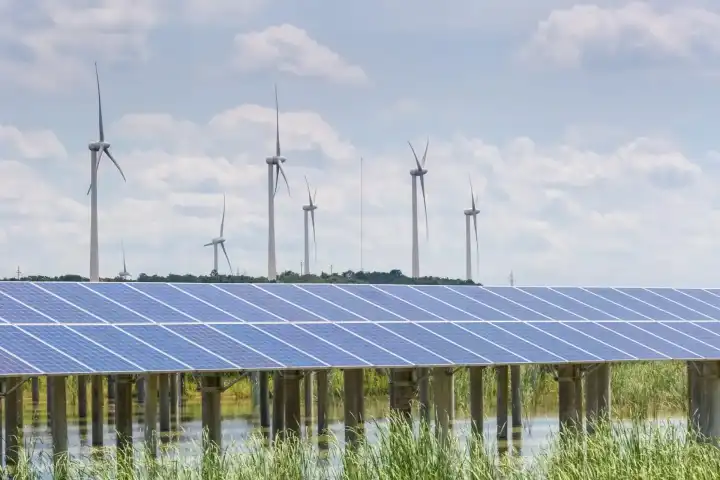A new report reveals that private equity firms are dramatically increasing their investments in renewable energy, pouring billions of dollars into solar, wind, and battery storage projects.
Table of Contents
This strategic shift marks a significant moment for the energy transition, as the financial power of private equity is now being fully deployed to scale up clean energy infrastructure. The trend is driven by a combination of factors, including government incentives, growing ESG (Environmental, Social, and Governance) demands from investors, and the increasingly favorable economics of renewable technologies.
This influx of private capital is expected to accelerate the development of new clean energy projects and help bridge the funding gap needed to meet global climate targets. It also represents a major evolution for private equity, a sector traditionally associated with more conventional industries.
💸 Why Renewables are Now a Top Target
For years, renewable energy was seen as a niche, high-risk sector. However, the landscape has changed dramatically, making it an attractive target for the long-term, high-return investment model of private equity.
Several key drivers are behind this shift:
- Favorable Government Policies: Tax credits, subsidies, and supportive regulatory frameworks, such as those found in the Inflation Reduction Act in the U.S., have significantly de-risked investments.
- Strong Investor Demand: Limited partners in private equity funds, such as pension funds and endowments, are increasingly demanding that their capital be allocated to sustainable and ESG-compliant investments.
- Technological Maturity: The costs of solar and wind power have plummeted over the last decade, making them economically competitive with fossil fuels.
- Stable Cash Flows: Once built, renewable energy projects often have long-term power purchase agreements (PPAs) that provide predictable, stable returns, which is highly attractive to private equity investors.
☀️ Areas of Investment Focus
Private equity investment is not limited to just building new wind and solar farms. Firms are investing across the entire clean energy value chain, from technology development to grid infrastructure. The report highlights several key areas of focus:
Firms are targeting everything from utility-scale solar projects and offshore wind farms to the development of grid-scale battery storage solutions. There is also growing interest in emerging technologies like green hydrogen and carbon capture, as firms look to get in on the ground floor of the next wave of clean tech.
📈 The Impact on the Energy Transition
The involvement of private equity is a double-edged sword. On one hand, these firms bring immense financial resources and operational expertise that can help build clean energy projects faster and more efficiently. Their ability to deploy large amounts of capital quickly is crucial for the speed of the energy transition.
On the other hand, some critics raise concerns about the private equity model, which often involves high levels of debt and a focus on short-to-medium-term returns. However, the long-term, stable nature of energy infrastructure projects seems to be a good fit, and for now, the influx of capital is being widely welcomed as a positive catalyst for decarbonization.

